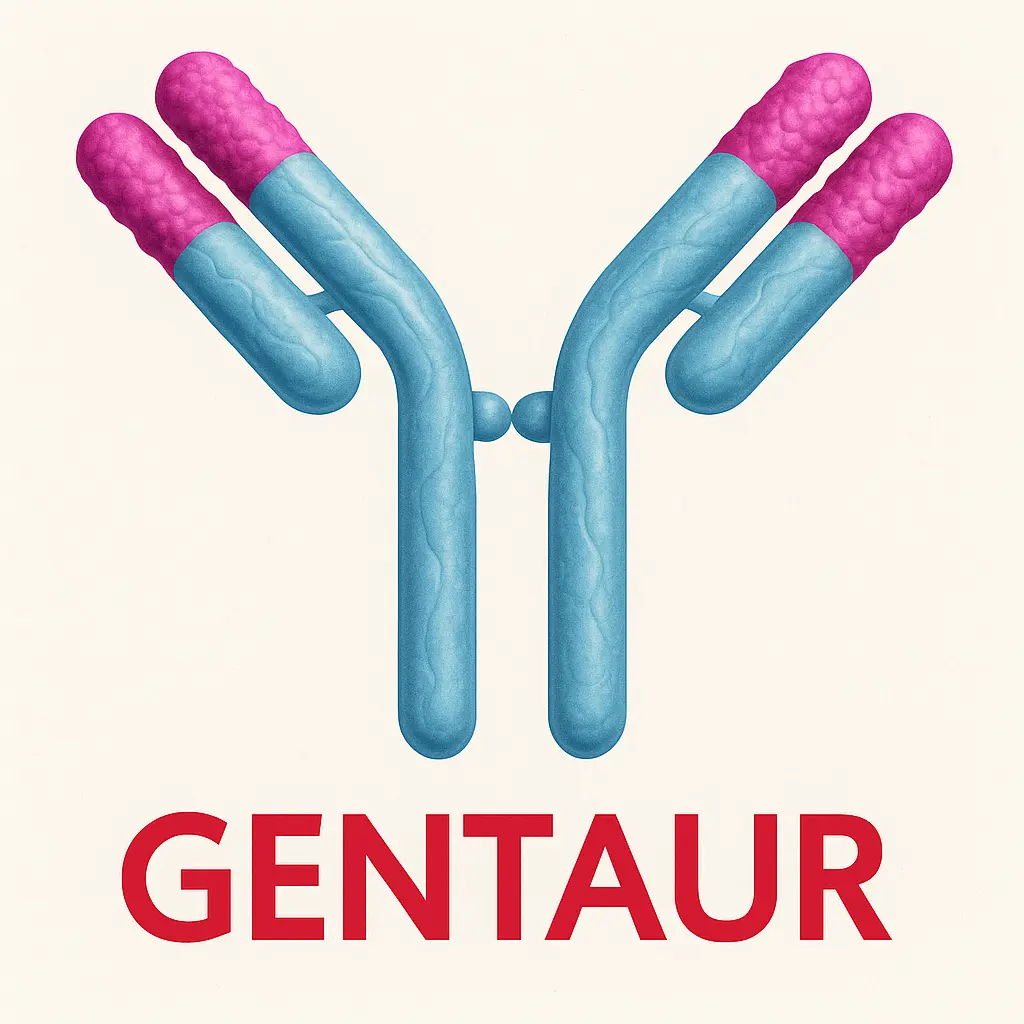ELISA BAZ1A anti-
Quantity :50µL
Clone Number:
Aliases:Acf1 antibody; ACF1; drosophila; homolog of antibody; ATP dependent chromatin remodelling protein antibody; ATP utilizing chromatin assembly and remodeling factor 1 antibody; ATP-dependent chromatin-remodeling protein antibody; ATP-utilizing chromatin assembly and remodeling factor 1 antibody; B930060C03 antibody; Baz1a antibody; BAZ1A_ antibody; BC065123 antibody; Bromodomain adjacent to zinc finger domain 1A antibody; Bromodomain adjacent to zinc finger domain protein 1A antibody; cbp146 antibody; CHRAC subunit ACF1 antibody; DKFZp586E0518 antibody; FLJ14383 antibody; Gtl5 antibody; hACF1 antibody; hWALp1 antibody; WALp1 antibody; WCRF180 antibody; Williams syndrome transcription factor related chromatin remodeling factor 180 antibody; Williams syndrome transcription factor-related chromatin-remodeling factor 180 antibody
Product Type:Polyclonal Antibody
Immunogen Species:Homo sapiens ()
UniProt ID:Q9NRL2
Immunogen:Synthetic peptide of BAZ1A
Raised in:Rabbit
Reactivity:, Mouse
Tested Applications:ELISA, IHC; ELISA:1:1000-1:2000, IHC:1:25-1:100
Background:Bromodomain adjacent to zinc finger domain protein 1A is a protein that in s is encoded by the BAZ1A gene. Component of the ACF complex, an ATP-dependent chromatin remodeling complex, that regµLates spacing of nucleosomes using ATP to generate evenly spaced nucleosomes along the chromatin. The ATPase activity of the complex is regµLated by the length of flanking DNA. Also involved in facilitating the DNA replication process. BAZ1A is the accessory, non-catalytic subunit of the complex which can enhance and direct the process provided by the ATPase subunit, SMARCA5, probably throµgh targeting pericentromeric heterochromatin in late S phase.
Clonality:Polyclonal
Isotype:IgG
Purification Method:Antigen affinity purification
Conjµgate:Non-conjµgated
Buffer:-20°C, pH7.4 PBS, 0.05% NaN3, 40% Glycerol
Form:Liquid
Stroage:Upon receipt, store at -20°C or -80°C. Avoid repeated freeze.
Target Names:BAZ1A
Research Areas:Epigenetics and Nuclear Signaling
Our latest content
Check out what's new in our company !
Your Dynamic Snippet will be displayed here... This message is displayed because you did not provide both a filter and a template to use.

